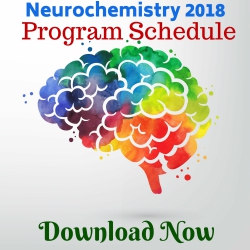
Biography
Biography: Linda Sage
Abstract
Compassion fatigue puts healthcare workers and patients at risk. Everyday care workers struggle to function in care giving environments that present heart wrenching emotional challenges. Compassion fatigue (CF) the profound emotional and physical erosion takes place when helpers cannot refuel and regenerate. Helping professionals open their hearts and minds to clients/patients. This empathy makes helpers vulnerable to be profoundly affected and possibly damaged. Burnout physical and emotional exhaustion is experienced when there is low job satisfaction, feeling powerless and overwhelmed. Signs of CF and burnout: overtaxed by work, showing similar symptoms to traumatized clients; difficulty in concentrating, intrusive imagery, feeling discouraged, hopelessness, exhaustion, irritability, high attrition (helpers leaving) and negative, dispirited, cynical workers remaining in the field, boundary violations which affect the workplace and create a toxic environment. Factors in CF and burnout of the individual: Life circumstances, coping style, personality type. Life stressors i.e. taking care of both young children and aging parents, in addition to managing a heavy and complex workload. Helpers are not immune to pain in their own lives; they can be vulnerable to life changes such as divorce and addictions. Helpers often do work, others don’t want to hear about; spend time caring for people who are not valued or understood in society, homeless, abused, incarcerated or chronically ill. The working environment is often stressful and fraught. The work is very stressful, clients/patients who are experiencing chronic crises, difficulty in controlling their emotions, or who may not get better. What can be done? Working in a healthy organization; access to supportive; flexible management; reduction of trauma exposure; ongoing staff education; timely and good quality supervision and; reducing hours of working directly with traumatized individuals. Personal strategies are strong social support, home and work; increased self-awareness regular self-care. Making life changes, prioritize personal health/wellness develop stress resiliency skills.

